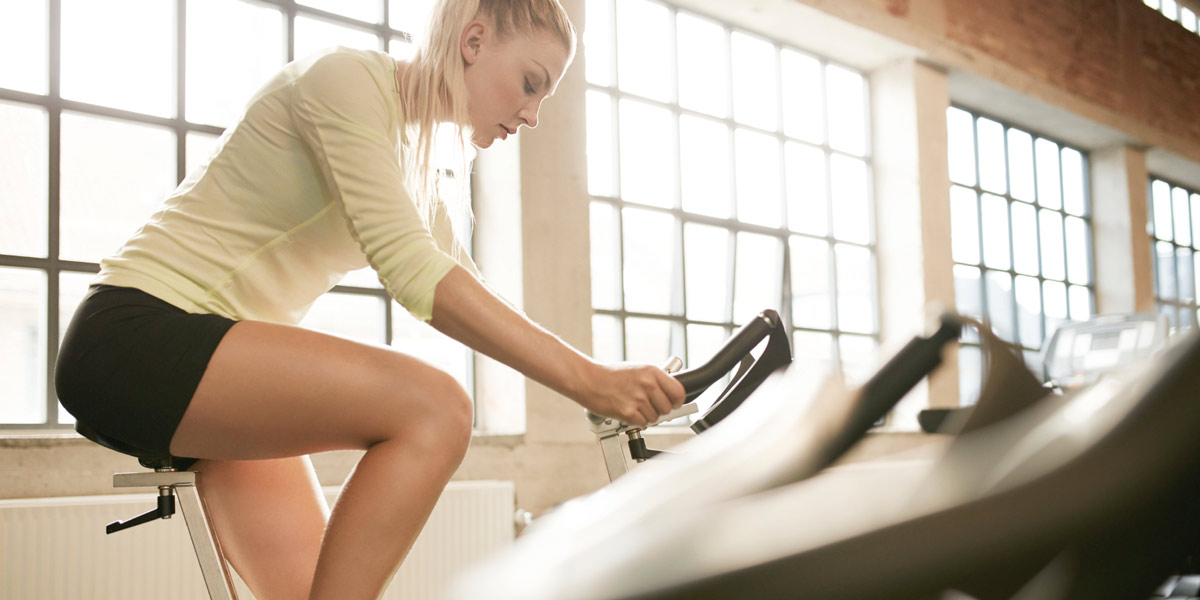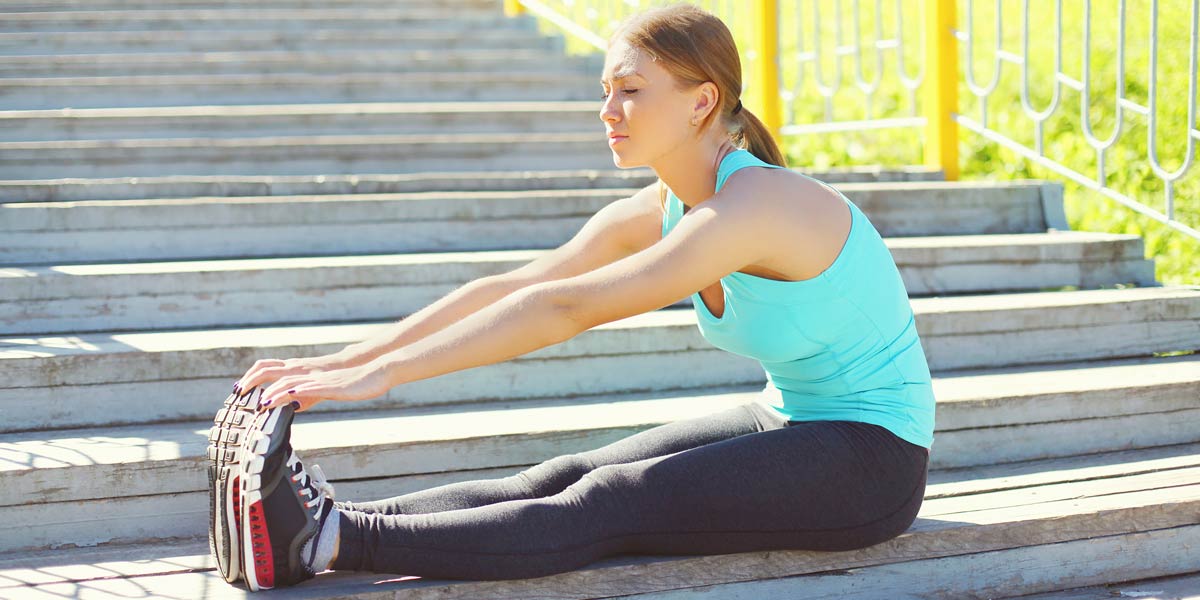The anatomy of the knee is one of the most complex ones in the body. Over a dozen bones, ligaments and tendons work together simultaneously to keep our bodies stable through whatever we end up putting it through.
UCLA Physical Therapist Juliana Plank gave us a little bit more detail about what exactly is happening in our knees as we move through our every day lives.
“Although the knee primarily moves in flexion and extension there is a rotation component of the tibiofemoral joint. The tibiofemoral joint has most rotation when the knee is flexed to about 90 degrees and least when it is extended. The tibia has to rotate externally in order to achieve full tibiofemoral extension, also known as end range knee extension. The sports and activities of cutting and running and landing are stressful on the knee for several reasons but one of which is that the knee is most unstable in a flexed position, in part because of the increased rotary component of the tibiofemoral joint.”
“‘Coordinating the knee’ might be more accurate if you talk about coordinating the knee with the pelvis, the trunk and the ankle. The knee itself rarely needs coordination training, but often needs to work in tandem with the joints above and below it to sustain and maintain its health.”
The knees are commonly in a vulnerable spot, and if its supporting muscles (the glutes, quads, hamstrings, hips and core) are not kept strong, they are even more vulnerable making knee pain one of the most common reasons people see their doctors. WebMD reported that knee pain is responsible for one in three doctor’s visits for muscle or bone pain. Knee and hip replacement has been among the most common surgeries performed in a broad range of ages.
Knee pain can be a result of ligament or cartilage damage, osteoarthritis, untreated injuries or sprains, tendonitis, or runner’s knee.
So what can we do to help ease knee pain once we get it?
“The best exercise prescription is a personalized one” says UCLA physical therapist Juliana Plank, adding that anyone with severe knee pain should consult a physical therapist or physician.
After injury and in the presence of severe knee pain, she notes that many will have problems with bending, extending and coordinating the knee. Coordinating has less to do with pain and more with stability and balance.
1. Bending

“For difficulty with bending knees, I prefer an upright bike. I think it is the most effective way to gently and repetitively bend your knee without injuring it in another way” says Plank. “I usually recommend patients start with the seat up high where it’s easy to get their leg around a full revolution, then slowly lower the seat incrementally to increase their range of motion.”
2. Extending

“I recommend doing quad sets with a towel roll under the patient’s knee to start with, then move down to their ankle. I ask them to straighten their knee as much as possible and hold for 3-5 seconds, then release” Plank says. “What’s important about this exercise is to include dorsiflexion with knee straightening (toes up towards the ceiling) to get full benefits of knee extension.”
3. Coordination

“For coordination deficits it depends on the patient’s goals and what they hope to achieve. Some favorite exercises of mine include squats or sit to stand using a theraband around the end of the thigh and ask the patient to spread the band” Plank recommends. “Another good one is single limb balance with an emphasis on minimizing trunk motion and keeping hips level. This tends to activate the gluteus medius in weight bearing and also can expose and work on any ankle instabilities that are present. When single limb balance is easy, I progress it to a soft surface or doing it with eyes closed or both.”
To avoid injury, it’s best to focus on keeping the muscles that support the knee strong: the quads, the hamstrings, and the butt.





